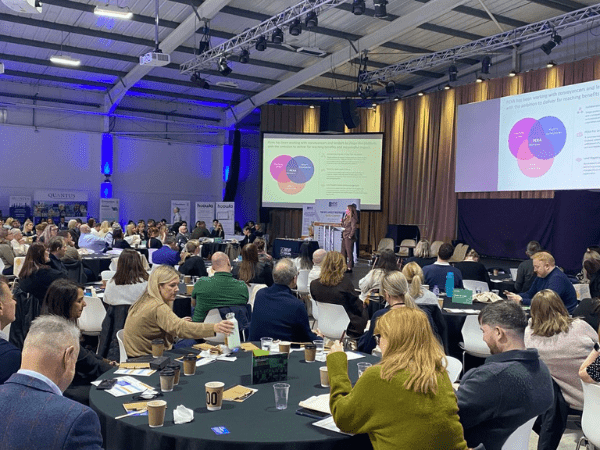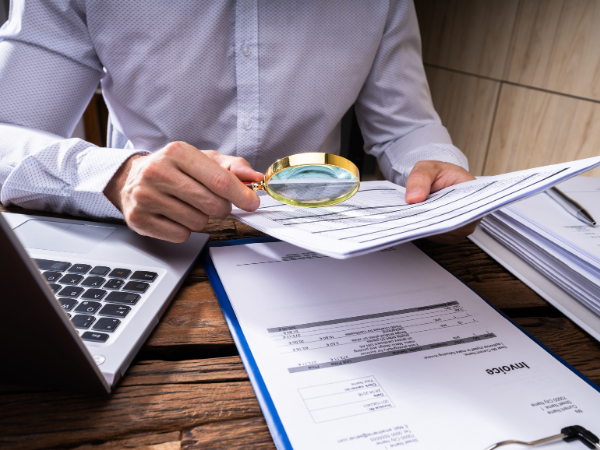Introduced in response to the Grenfell tragedy, the Building Safety Act 2022 – which came into force in April 2023 – makes clear that homes across the country must be built, maintained, and secured in a way that prioritises safety. The Act also places the responsibility of fixing safety issues in older buildings – including cladding-related issues – primarily on building owners (freeholders, management companies, etc,) rather than on ‘qualifying leaseholders.’.
A qualifying leaseholder is someone who:
- Owns property in a ‘high-risk’ building (one that is above 11 metres or five storeys and contains at least two dwellings)
- Owns the property as their main home or owns no more than three UK residential properties
- Owned their leasehold property on 14 February 2022.
As well as making homes safer, one of the key aims of the Act is to ensure those leaseholders whose flats are affected by a specific safety issue are able to sell their properties, should they wish to do so.
Nevertheless, however well-intentioned, the complexity of the legislation has proved challenging for some conveyancers. Not least because the potential requirements it places on solicitors are significant.
- There have been reports that some conveyancing firms are refusing to handle transactions involving ‘high-risk’ buildings due to concerns about their liabilities under the new legislation1.
- The Law Society has raised concerns that the increased exposure to “unacceptable levels of risk” could bump up indemnity insurance premiums.
- Some solicitors have expressed concerns that they are expected to explain the complex requirements, potential risks, and possible financial liabilities to clients, even though they may not have the expertise to do so.
- Referring clients to suitably qualified persons to remove this additional burden has proven difficult. Often these suitably qualified persons cannot be found, and this adds costs and delays to the conveyancing process.
- In some circumstances, it has been difficult for buyers’ solicitors to verify sellers’ claims that leases qualify for leasehold protection.
For many conveyancers, there is growing frustration that the job is becoming more and more about compliance and regulations and less about the client, and that the Building Safety Act 2022 is a prime example of this. In response, the Law Society and the Council for Licensed Conveyancers are pushing for changes to ensure conveyancers feel confident when dealing with transactions that fall under the provisions of the Act.
In the meantime, Legal Eye can help to ensure that conveyancers are not exposed to unnecessary risk.
As risk and compliance experts, we provide a full range of services to help conveyancers meet their regulatory requirements. Helping firms to identify and mitigate risk, call us today on 020 3051 2049 to find out more about how we can help you.
 (0)20 3051 2049
(0)20 3051 2049




